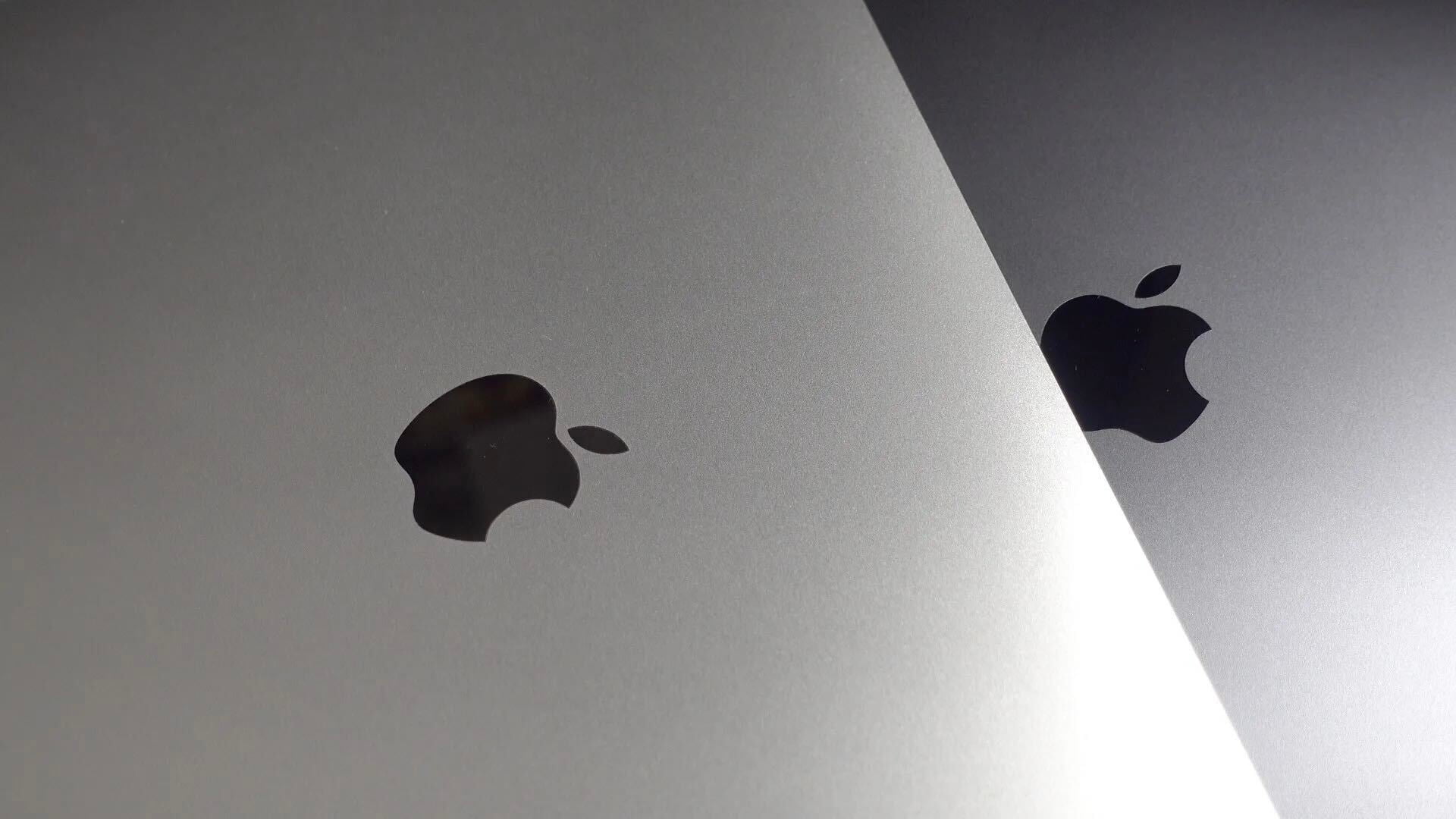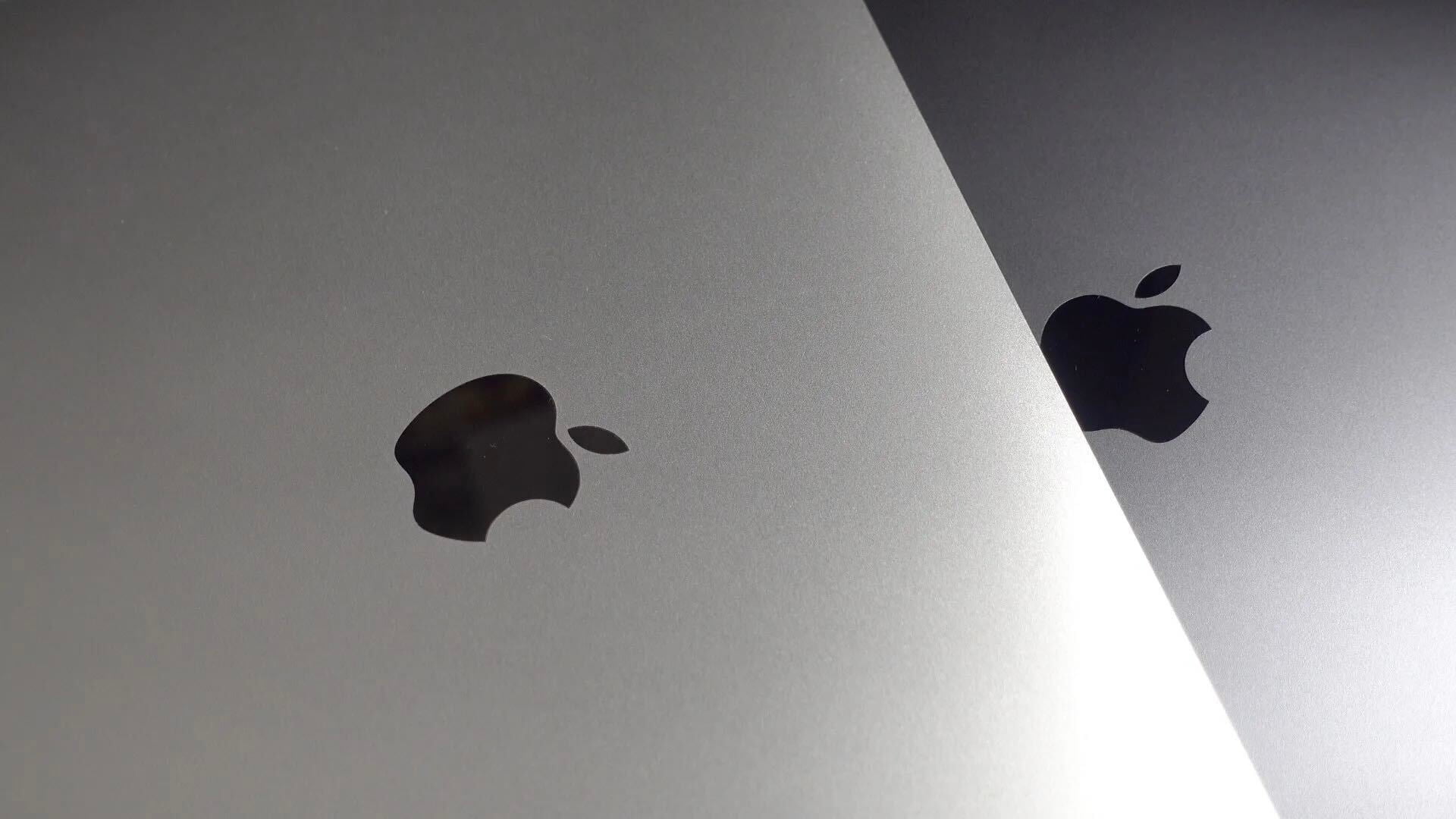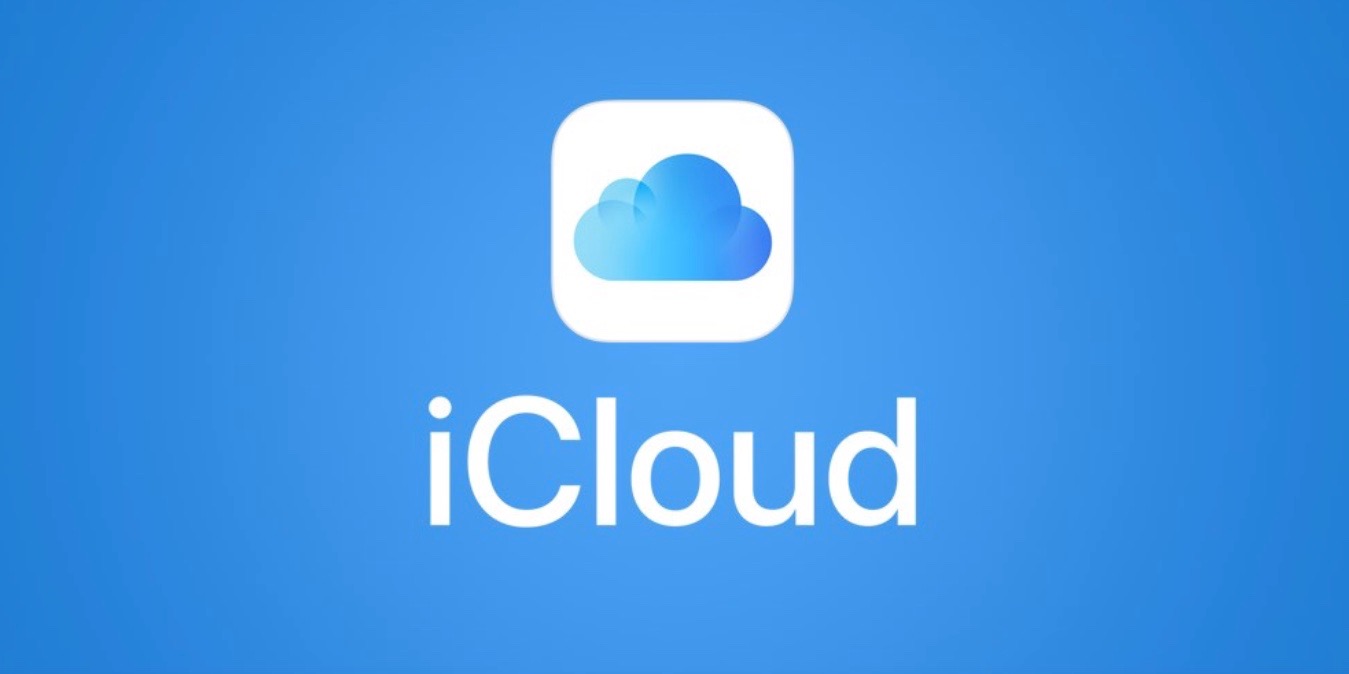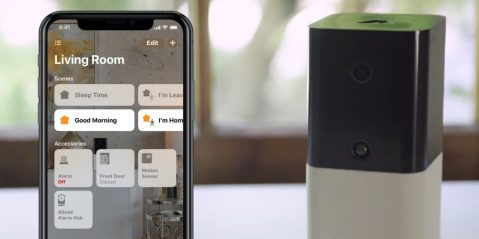
When I first got started in education in October of 2009, the school I went to work for was still running Exchange 2003 for their email. Users who were using iPhones were using IMAP since native ActiveSync required Exchange 2007. One of the first things I planned to do was migrate everyone to “Google Apps for Your Domain” (what G Suite was previously known as) sooner than later.
That Christmas, our Exchange Server was offline for two days after a simple shut down to install a new USPS. That downtime showed me that we needed to move quickly, and I went to work over the Christmas holidays to do just that. I made the switch to G Suite in February of 2010, so I am coming up on ten years of using the service. Even Apple-focused enterprises are likely using either G Suite or Exchange 365, so I wanted to discuss the benefits of what cloud services (G Suite in my case) has brought to my Apple-focused organization.
About Apple @ Work: Bradley Chambers has been managing an enterprise IT network since 2009. Through his experience deploying and managing firewalls, switches, a mobile device management system, enterprise-grade Wi-Fi, 100s of Macs, and 100s of iPads, Bradley will highlight ways in which Apple IT managers deploy Apple devices, build networks to support them, train users, stories from the trenches of IT management, and ways Apple could improve its products for IT departments.
No more server maintenance
I am a one-person IT department, so I need solutions vs. equipment to manage. By using a hosted email solution, I can sleep well, knowing that people who are a lot smarter than me are managing security and updates. I know that people can access their email from all their devices as G Suite is supported by pretty much anything that can access email. I don’t have to plan downtime to install updates (and miss out on sleep). I don’t have to budget to replace a mail server either.
The only maintenance I have to do is create new users, reset passwords, and set up email groups. I look at G Suite like I do Apple hardware: the vast majority of the time, it just works.
Google Drive ended up being the trojan horse

When I pitched our senior leaders on switching to G Suite, I pitched the cost savings (schools get it for free) and reliability. I suspected that a critical long term benefit would be Google Docs/Spreadsheets/Slides. Our switch came before Google Drive was added as a way to organize files. After Google added iOS apps, we became even more entrenched in G Suite being our central place for document creation and collaboration. For years, we’ve also purchased licenses to Office on the Mac, but we’re moving away from that this year. Google Drive and its suite of apps have become all we need.
Apple missed an opportunity

Google and Microsoft both have an end to end software and hardware stack. Apple does not. Despite not offering a cloud-based email solution for enterprise customers and schools, Apple has certainly done well with hardware sales. I reported last November that Apple products are now being used in all of the Fortune 500. Many of these folks are using Microsoft or Google for their email. I firmly believe that Apple missed an opportunity to provide organizations with an Apple-focused cloud email solution that would directly tie into Apple Business Manager and Apple School Manager.
I’ve been asked by others if we’d switch now if Apple offered a solution, and I think I would because we are so entrenched in Apple hardware, and I know it would create additional deployment efficiencies.
Joel Rennich, Director of Jamf Connect had this to say about G Suite and Apple:
“Apple and Google are the software and hardware leaders in education, and integrating between the two is crucial to helping students get the most from their technology in the classroom. Jamf Connect’s integration with Google Cloud empowers our education customers to easily set up and manage local educator and student Mac accounts, while also requiring users to authenticate with their G Suite credentials. This gives admins peace of mind; they know their school hardware and user information are secured, and they’re able to give their students a simplified and seamless start-up experience on the first day of school.”
Is there a reason for Apple customers to run on-site email?
Unless your organization is so large that your bill to Microsoft or Google is bigger than what it costs to hire someone to manage your email solution on top of the hardware cost, I don’t see why any organization would benefit from hosting their email. Software-as-a-Service isn’t just about paying a monthly bill, but it’s about eliminating large capital expenditures. I know for our organization, it’s a lot easier to budget for service than it is to budget for hardware replacements.

Another benefit we’ve seen from using G Suite is deploying new applications. As an example, the system we used to submit receipts from credit card purchases ties in directly with our G Suite logins. Users logged in to Nexonia using their Google login, and they didn’t have to remember yet another username and password. You might be wondering how this affects Apple-focused organizations, so I’ll remind you that a year ago Jamf launched macOS logins using G Suite. Using Jamf Connect, IT departments can do zero-touch deployment of Apple hardware and let users log in to their Mac using their G Suite login. One benefit is you can use a service like JumpCloud to extend G Suite to use with RADIUS for secure Wi-Fi login.
Wrap-up using G Suite and Apple
I know I’ll get some comments about how evil Google is and how they are mining student data. Before you make that comment, know that G Suite customers have different contracts and terms than regular Gmail users. We don’t have ads in our email, either. I cannot say enough about how excellent Google services have been for an organization that uses 100% Apple hardware. Users can use Apple Mail or the Gmail web interface (most use the web). They can add their email to their own devices with ease. Users can access their documents from any device and know everything is always backed up. I wish Apple had built a version of iCloud that includes corporate email, but they didn’t, so I am thankful that Google did.
FTC: We use income earning auto affiliate links. More.









Comments